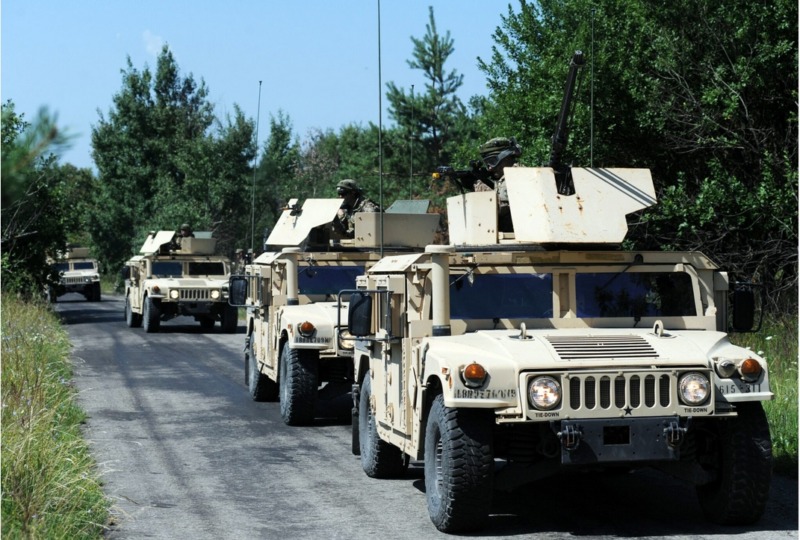
This story originally appeared on the War Horse.
In the fall of 2018, Neta C. Crawford, a political science professor at Boston University, prepared to teach a class on climate change designed to help students think about the issue in a big-picture way. Crawford’s research expertise is in war, so she wanted to include a statistic on the military’s contribution to greenhouse gases.
“I thought, ‘Well, maybe I should just tell them what the emissions are for the U.S. military,’” Crawford says. “It was meant to be a line on a slide in a lecture.”
But when she went to look up the figure, she couldn’t find anything reliable. Instead, she found scattered and incomplete data on how much fuel the military consumed and how much carbon it emitted. The information that did exist largely didn’t include overseas operations, even though the United States had been at war for nearly two decades. Major categories […]











We could start by closing military bases so the population can start to experience the peace dividend. Remember that idea? It was so controversial that it had to be buried as quickly as it was uttered.